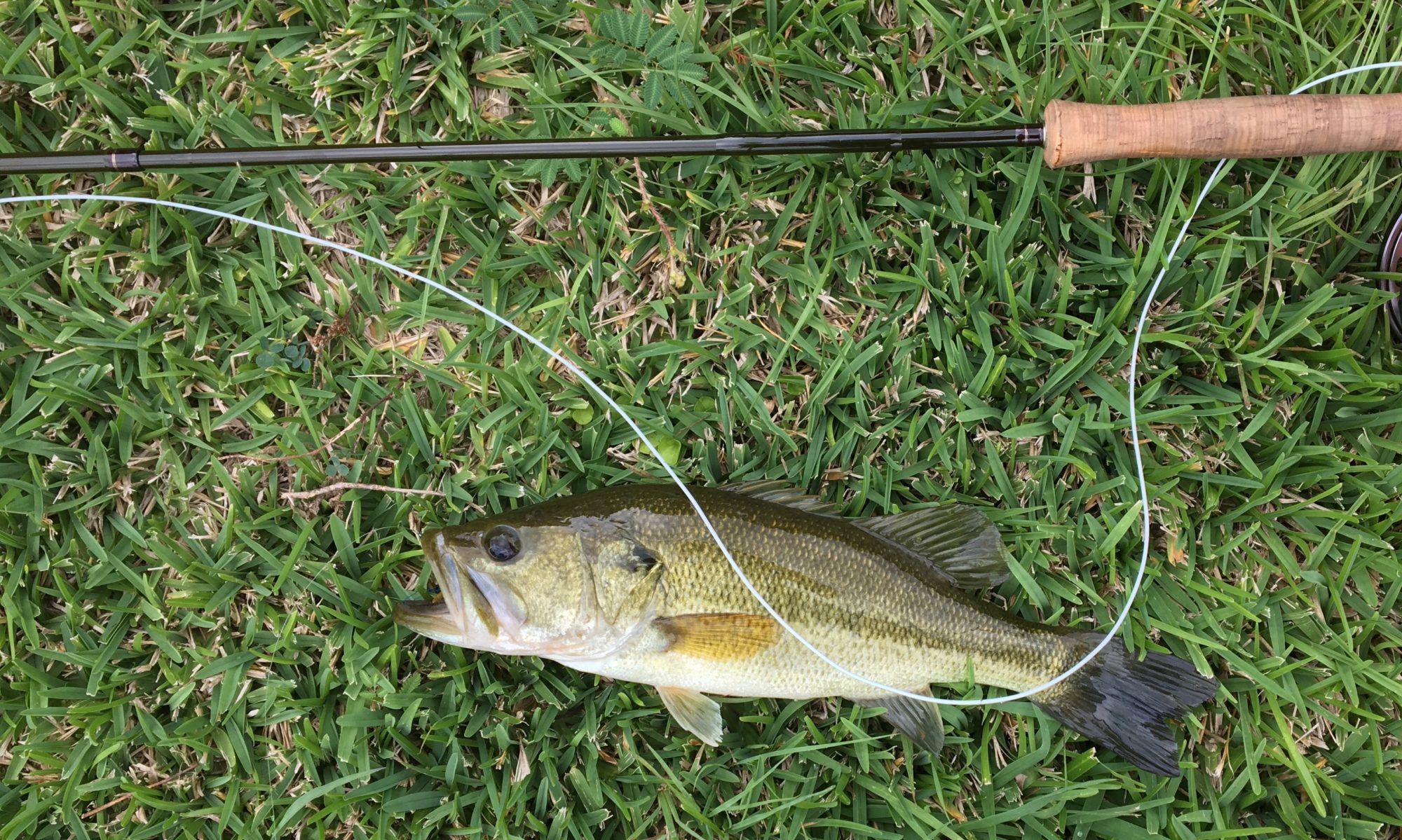
I’ve read a lot of trashy novels, real dreck. I’ve read stuff that no one would admit to reading, from Zane Grey and Louis L’Amour to all of the Game of Thrones novels (well before the television production–I didn’t have that excuse), and I’ve thoroughly enjoyed much of it. I think though that if I had to come up with a list of the ten worst novels I’ve ever read, Ernest Hemingway’s To Have and Have Not, set in Key West, would be right at the top of the list. It’s the story of an unlikeable fishing guide, Harry Morgan, who does increasingly unlikeable things and then gets shot and dies, and as far as I was concerned his death came 200 pages late. There are also plenty of unlikeable minor characters doing unlikeable things: I remember disliking particularly the drunken playboy based on John Dos Passos. As a reader I had no empathy for the Haves, sure, but as a reader I didn’t have any empathy for Hemingway’s Have Nots either. As a matter of fact, in addition to the characters, I didn’t like the place, the plot, or the author. I didn’t even like the boat.

Ernest Hemingway Photograph Collection, John F. Kennedy Presidential Library and Museum, Boston.
And generally I like Hemingway. I fly fish now in large part because of Big Two-Hearted River and A Farewell to Arms. Generations of young men wanted to go to Spain to drink wine and run with the bulls at Pamplona because of A Farewell to Arms. Not me. I wanted to go to Spain to drink wine and catch a trout with a McGinty. Not that anyone’s caught a trout with a McGinty in the last century.

Not much of a McGinty, but you get the general notion: It looks like a bee, for the bee hatch. It’s at least as good of a McGinty as To Have and Have Not is a novel.
Like 1920s Paris and Cuba, Key West is forever tied to Hemingway, but plenty of other writers also passed through Key West. It’s a Bona Fide Cultural Mecca: Hemingway, Tennessee Williams, Annie Dillard, John Dos Passos, Elizabeth Bishop, Wallace Stevens, Robert Frost . . . Key West was the place where the Haves could go to drink and sleep around and in later times do drugs while the Have Nots could go to Key West to drink and sleep around and in later times do drugs. Piracy and smuggling was available to all, or at least real estate development was available to all. Long before Vegas, Key West like New Orleans was where in the popular imagination everybody could skirt the edges of propriety. Somehow though I suspect fried conch in Key West isn’t as good as the turtle soup at Commander’s Palace.

The Keys are also one of the places, maybe with the Bahamas one of the two places where modern saltwater fly fishing developed. It’s where Ted Williams had his Florida house and where bonefish and tarpon and permit became a thing. Thirty-six years after To Have and Have Not was published Thomas McGuane would publish his own fishing guide novel, Ninety-Two in the Shade. It was a much better novel than To Have or Have Not, if a much lousier movie. Peter Fonda isn’t Humphrey Bogart. Margot Kidder isn’t Lauren Bacall. Tom McGuane isn’t Howard Hawks as a director or William Faulkner as a screenwriter. Tom Skelton, the rather hapless anti-hero of Ninety-Two in the Shade, plans to make his reputation as a guide on permit. And then of course he gets shot and dies. If I were a Key West fishing guide I’d be concerned that death by gunshot was part of the job description.
As for Keys’ guides, it’s a running joke that they excel mostly at rudeness. In the popular imagination they give you the opportunity to buy them breakfast, pack your own lunch, and pack their lunch. They will yell at you for missing casts, and then will expect a decent tip for your troubles. So far my exposure to Florida guides has been 50-50, I had a very good Florida guide in Palm Beach and a very bad guide from Florida in Louisiana, and it may be the stories about Keys’ guides are urban mythology. Island mythology? Still. High-handedness could explain the gunshot wounds.
Maybe I’m all wrong about Key West. I haven’t been there, and the only thing more treacherous than long distance-judgments are the close-up kind, but if you read the current crop of Florida writers, the Carl Hiassens and Dave Barrys and Randy Wayne Whites, they ramble through the Keys in the midst of amusing decadence and unamusing debauchery. Maybe I’m just old, but it doesn’t sound like that much fun to me. Plus there’s no baseball. I think I’ll save the Keys for the next life.
Ok, maybe it sounds like some fun.












